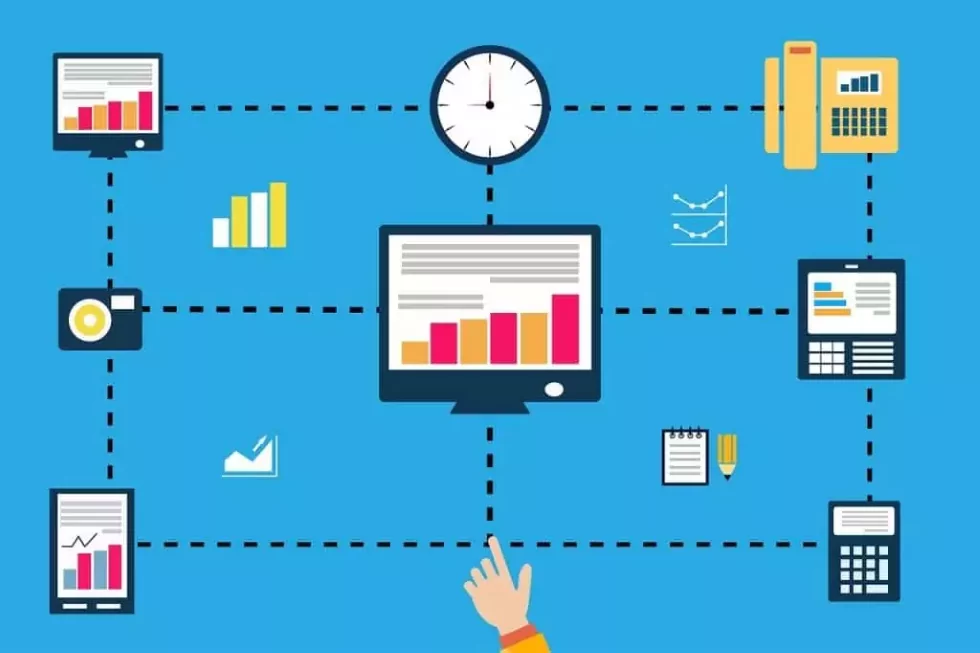
Typically, project-based companies, aka Project Businesses, utilize a host of disparate tools and applications to run their business (e.g. project management, time & expense, project accounting, ERP, and lots of spreadsheets). When looking at an ERP, they don’t consider the project management and operation aspect of running their business. Vice versa, when looking at project scheduling, they don’t consider the project financials and accounting.
As a result of this fragmented setup, Project Businesses lack most of the integration components and have no way to structure their data in a way that gives them greater control and better visibility over their projects to deliver better outcomes for their customers.
Project Businesses in the market for a new ERP, such as a construction ERP, or project management, project accounting, project analytics or related system need to understand a series of baseline business requirements to ensure the system they select covers core project business processes and functions.
Before making any major purchases, it’s important to take a step back and think about what a comprehensive business system should look like for your project-based company. It should go without saying, if your goal is to increase efficiency and collaboration while eliminating unnecessary systems and the overhead cost to maintain them, an end-to-end system is the solution.
To understand the breadth and depth of a system, you need to create a list of capabilities you need to cover the totality of your Project Business. While individual systems support different business process needs, most ERPs and other systems do not meet the demands of project-based companies.
We created a template to help executives, managers and project leads understand the requirements necessary to evaluate any ERP or business system for its Project Business capabilities. Seeing as there are many business systems out there, selecting one can be a challenge.
Here are three ways to utilize the template and all the capabilities listed:
The capabilities listed in this template can help guide you to vendors that can meet most of your business needs. Of course, as you start to learn more about the options available, these requirements can help you cut through the noise and figure out what really matters for your business. Select the items that are most important to your company and make sure to ask the vendors you are considering how they plan to meet them. This will help narrow down your search to a smaller, more manageable number.
This template is just a starting point for your own Project Business systems and ERP evaluations. Think of it as your baseline. Based on your company and industry needs, you can customize the list by adding or removing items that do or don’t apply to your business. This will help you evaluate and grade your vendors. This template also serves as a baseline checklist if you are creating an RFI or RFP.
If you already have an existing business requirements or RFI/RFP document, the requirements listed in this template can help you fill in the gaps. Compare these requirements with your own to reveal new opportunities to improve the process and update your existing documents with these new criteria.
Most project-based companies do not consider much of the functionality included in this template. Oftentimes, Project Businesses seeking a new ERP fail to consider the project scheduling functionality as part of that process, mainly because there hasn’t been a comprehensive integrated system that existed before Project Business Automation (PBA).
That said, whether it is Adeaca PBA or another vendor, use this template to make sure you are getting everything you need.
In the dynamic landscape of project-driven enterprises, risk is omnipresent. As projects become integral components of your business strategy, the…
Management by exception is a method of business management that focuses on identifying and managing cases that deviate from the…
Projects have been built the same way for decades. Salespeople and project managers have spent a lot of time and…
When buying and implementing a business system, you want to ensure that the value received from the system is many…
Project Business Systems are a category of business systems designed to meet the unique requirements of project businesses. Embracing a…
Although projects have been built the same way for decades, project-based companies are starting to recognize the need to demand…
This website uses cookies.